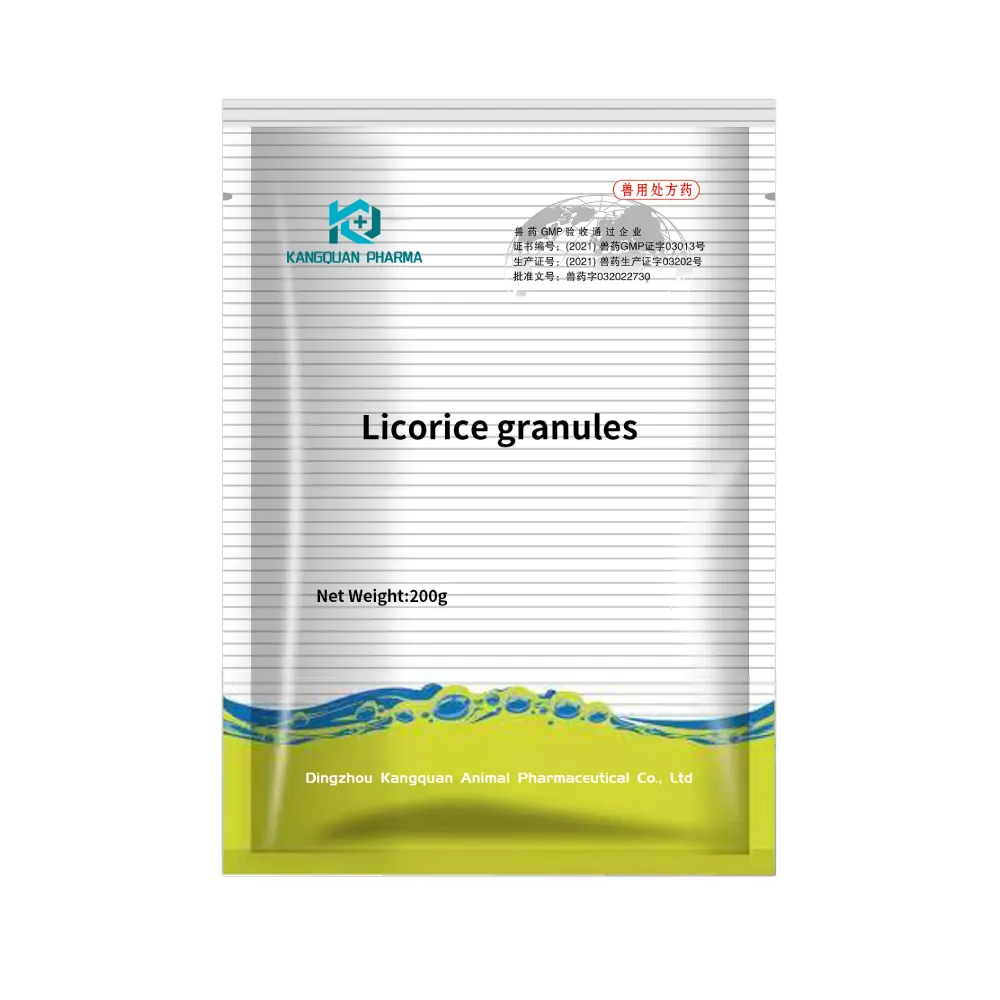- Afrikaans
- Albanian
- Amharic
- Arabic
- Armenian
- Azerbaijani
- Basque
- Belarusian
- Bengali
- Bosnian
- Bulgarian
- Catalan
- Cebuano
- Corsican
- Croatian
- Czech
- Danish
- Dutch
- English
- Esperanto
- Estonian
- Finnish
- French
- Frisian
- Galician
- Georgian
- German
- Greek
- Gujarati
- Haitian Creole
- hausa
- hawaiian
- Hebrew
- Hindi
- Miao
- Hungarian
- Icelandic
- igbo
- Indonesian
- irish
- Italian
- Japanese
- Javanese
- Kannada
- kazakh
- Khmer
- Rwandese
- Korean
- Kurdish
- Kyrgyz
- Lao
- Latin
- Latvian
- Lithuanian
- Luxembourgish
- Macedonian
- Malgashi
- Malay
- Malayalam
- Maltese
- Maori
- Marathi
- Mongolian
- Myanmar
- Nepali
- Norwegian
- Norwegian
- Occitan
- Pashto
- Persian
- Polish
- Portuguese
- Punjabi
- Romanian
- Russian
- Samoan
- Scottish Gaelic
- Serbian
- Sesotho
- Shona
- Sindhi
- Sinhala
- Slovak
- Slovenian
- Somali
- Spanish
- Sundanese
- Swahili
- Swedish
- Tagalog
- Tajik
- Tamil
- Tatar
- Telugu
- Thai
- Turkish
- Turkmen
- Ukrainian
- Urdu
- Uighur
- Uzbek
- Vietnamese
- Welsh
- Bantu
- Yiddish
- Yoruba
- Zulu
Dhj . 25, 2024 03:06 Back to list
Glutaraldehyde Solution Applications in Effective Sterilization Methods and Practices
Glutaraldehyde Solution for Sterilization An Overview
In the realm of medical and laboratory practices, sterilization is a critical process that ensures safety and efficacy in the use of instruments and equipment. Among various sterilization methods, glutaraldehyde solution has gained considerable attention and widespread use due to its potent antimicrobial properties. This article aims to provide an overview of glutaraldehyde, its application in sterilization, benefits, concerns, and guidelines for effective use.
What is Glutaraldehyde?
Glutaraldehyde is a colorless, yellowish liquid with a pungent odor, commonly used as a disinfectant and sterilizing agent. It is an aliphatic dialdehyde, which means it contains two aldehyde groups in its molecular structure. This unique configuration gives glutaraldehyde its effective biocidal properties, making it suitable for use in various healthcare settings, including hospitals, surgical centers, and laboratories.
Mechanism of Action
Glutaraldehyde exerts its antimicrobial effects through the disruption of microbial cell membranes and the cross-linking of proteins. It is effective against a wide range of pathogens, including bacteria, viruses, and fungi. This broad-spectrum efficacy makes it a valuable tool in preventing the transmission of infections in clinical settings. Unlike many other disinfectants, glutaraldehyde can also sterilize heat-sensitive equipment and instruments that cannot withstand the harsh conditions of autoclaving.
Applications of Glutaraldehyde Solution in Sterilization
Glutaraldehyde is commonly used for high-level disinfection and, in some cases, terminal sterilization. Its applications include
1. Endoscopic equipment Given the delicate nature of endoscopes, glutaraldehyde is frequently used for high-level disinfection after procedures to eliminate potential pathogens.
2. Surgical instruments It is employed for sterilizing instruments that are sensitive to heat or moisture.
3. Fixed tissue specimens In histology and pathology, glutaraldehyde is used for fixation of tissues, preserving cellular morphology for microscopic examination.
4. Dialysis equipment It is used to disinfect equipment involved in renal dialysis, safeguarding patients from cross-contamination.
Advantages of Glutaraldehyde
glutaraldehyde solution for sterilization

The advantages of glutaraldehyde as a sterilizing agent include
- Effective against a wide range of pathogens Its broad-spectrum antimicrobial activity ensures comprehensive disinfection. - Suitable for heat-sensitive items Unlike steam sterilization methods, glutaraldehyde allows for the sterilization of delicate equipment that cannot tolerate high temperatures. - Rapid action Glutaraldehyde has a relatively quick contact time for effective disinfection, usually within 10 to 30 minutes, depending on the concentration and exposure.
Concerns and Precautions
Despite its benefits, there are several concerns regarding the use of glutaraldehyde that warrant attention
1. Toxicity Glutaraldehyde is a known irritant and sensitizer. Prolonged exposure can cause respiratory problems, skin irritation, and other adverse effects. Therefore, appropriate safety measures must be taken, including the use of personal protective equipment (PPE) and working in well-ventilated areas.
2. Environmental impact As a hazardous chemical, the disposal of glutaraldehyde must adhere to local regulations to minimize environmental contamination.
3. Post-disinfection rinsing Medical instruments treated with glutaraldehyde typically require thorough rinsing with sterile water before use to remove residual chemicals, thereby preventing patient exposure to the disinfectant.
Guidelines for Effective Use
To ensure the safe and effective use of glutaraldehyde, the following guidelines should be followed
- Use glutaraldehyde at recommended concentrations, typically 2-3% for disinfection and up to 5% for sterilization. - Ensure proper contact time is observed for effective disinfection. - Implement ventilation controls to minimize inhalation exposure. - Conduct regular safety training for staff handling glutaraldehyde.
Conclusion
Glutaraldehyde solution serves as a powerful tool in the sterilization arsenal, particularly for heat-sensitive medical equipment. Its broad-spectrum efficacy, rapid action, and ability to disinfect delicate instruments make it invaluable in healthcare settings. However, it is imperative to balance its benefits with significant safety and environmental considerations to ensure the health and safety of both patients and healthcare professionals. By adhering to established guidelines and precautions, glutaraldehyde can continue to play a crucial role in infection control and prevention in various medical environments.
-
Guide to Oxytetracycline Injection
NewsMar.27,2025
-
Guide to Colistin Sulphate
NewsMar.27,2025
-
Gentamicin Sulfate: Uses, Price, And Key Information
NewsMar.27,2025
-
Enrofloxacin Injection: Uses, Price, And Supplier Information
NewsMar.27,2025
-
Dexamethasone Sodium Phosphate Injection: Uses, Price, And Key Information
NewsMar.27,2025
-
Albendazole Tablet: Uses, Dosage, Cost, And Key Information
NewsMar.27,2025













